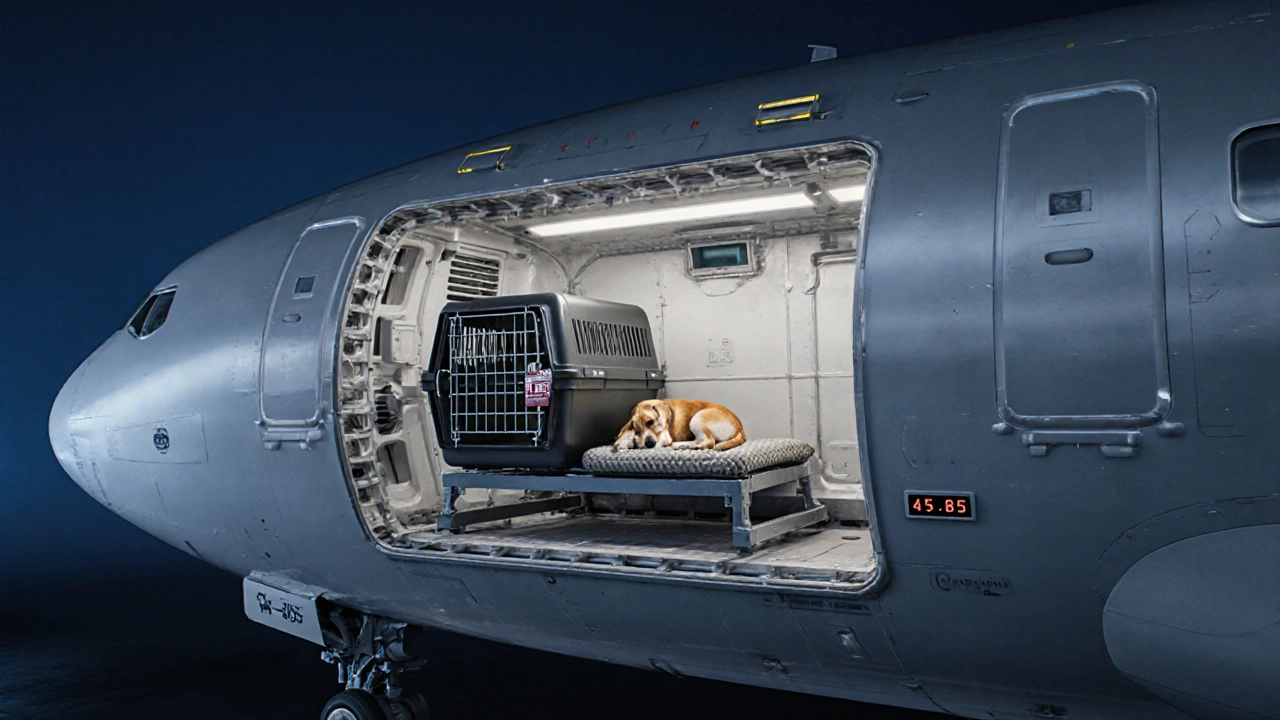Pet Travel Airline Safety: What You Need to Know
When working with Pet Travel Airline Safety, the practice of transporting pets on commercial flights while following airline rules and protecting animal wellbeing. Also known as airline pet safety, it ties together several key pieces: the right Pet Carrier, a travel‑approved crate that meets airline size limits, reliable Pet Transport Service, a professional service that handles the logistics of moving pets, and solid Pet Travel Insurance, coverage that protects against unexpected delays or health issues during flight. Understanding how these pieces fit helps keep your pet safe and stress‑free in the air.
The first hurdle most owners hit is carrier size. Airlines enforce strict dimensions for both cabin and cargo crates, and they check the measurements at the gate. A carrier that’s too big can be denied entry, while one that’s too small may cause discomfort or injury. To avoid a scramble, measure the pet’s length, height, and headroom, then compare those numbers with the airline’s published limits. A well‑fitted carrier not only passes the check but also gives your dog enough room to stand, turn around, and lie down, which reduces anxiety during the flight.
Next up are airline regulations themselves. Most carriers follow IATA (International Air Transport Association) standards, but each airline can add its own twists—such as required vaccinations, health certificates, or specific temperature windows for cargo travel. Knowing the exact rules for your chosen airline lets you gather the right paperwork ahead of time and prevents last‑minute surprises. For example, some airlines won’t accept pets in the cargo hold if the outside temperature is above 30°C; others may require a microchip that’s ISO‑compatible.
If the paperwork feels overwhelming, a pet transport service can take the load off your shoulders. These experts know the ins and outs of every major carrier, can book the pet’s spot, and often handle the paperwork, health checks, and even pre‑flight kennel stays. Using a reputable service also adds a layer of accountability—if something goes wrong, you have a point of contact that’s trained to resolve issues quickly.
Even with the perfect carrier and a smooth booking, unexpected events can still happen. That’s where pet travel insurance becomes a safety net. Policies often cover vet costs if your pet gets ill mid‑flight, reimburse you for missed connections, or even pay for a replacement carrier if the original is damaged. Comparing plans and reading the fine print ensures you pick coverage that matches your travel itinerary and your pet’s health profile.
Documentation is another piece of the puzzle. Most airlines demand a recent health certificate signed by a vet, proof of vaccinations, and sometimes a pet passport for international trips. These documents must be dated within a specific window—usually ten days for health checks. Keep a digital copy on your phone and a printed version in your carry‑on, so you can present them quickly at check‑in.
Deciding between cabin and cargo travel depends on your pet’s size, temperament, and the airline’s policies. Small dogs that fit under the seat can travel with you, which many owners find less stressful for the animal. Larger dogs must go in the cargo hold, where temperature control and handling procedures become critical. Whichever option you choose, arrive early, let the airline staff know you have a pet, and ask about the handling process to stay informed.
Finally, a calm pet makes for a calm flight. Give your dog a light meal a few hours before departure, provide a favorite blanket or toy inside the carrier, and consider a short walk to expend excess energy. Some owners use a vet‑approved calming aid, but always test it beforehand. A relaxed pet is less likely to bark, whine, or try to escape, making the journey smoother for everyone.
With carrier sizing, airline rules, transport services, insurance, and pre‑flight prep all covered, you’re ready to plan a safe, hassle‑free trip for your four‑legged companion. Below you’ll find a curated set of articles that dive deeper into each of these areas, offering step‑by‑step guides, real‑world tips, and answers to common questions you might still have about traveling with pets.
- Morgan Ainsworth
- 0 Comments
Do Airlines Feed Pets in Cargo? Facts, Policies & Practical Tips
Find out if airlines feed pets in cargo, learn the rules, compare major carriers, and get practical tips to keep your animal safe and hydrated during flights.
View More
